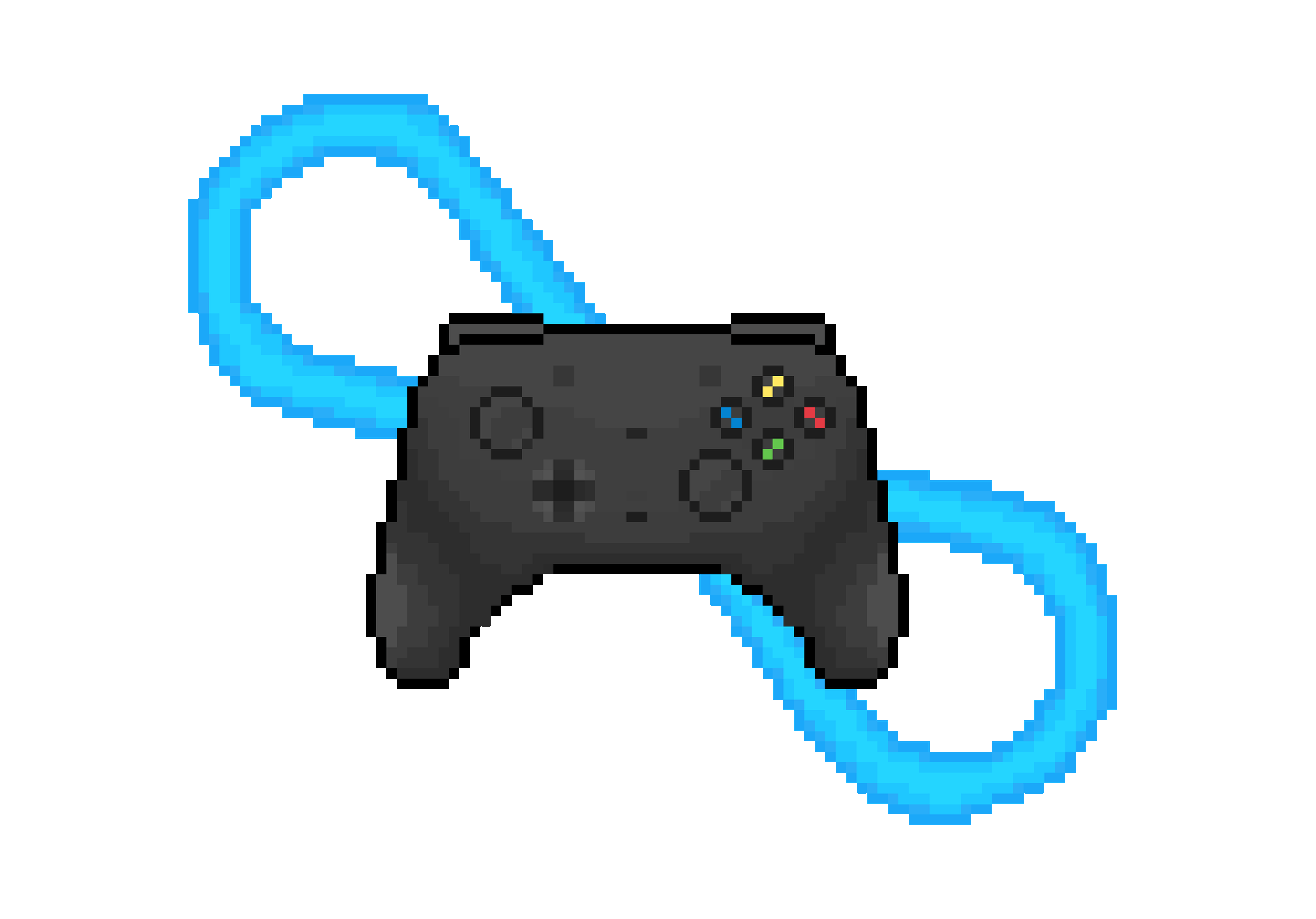5 Great Lessons From BEHAVE By Dr. Sapolsky

Behavior is WAY more complicated then you think it is.
Any given behavior occurs from a mixture of neural, hormonal, genetic, and environmental factors. In Behave, Robert Sapolsky dives into the intricacies of what makes up our best and worst behaviors. The book is longer than the saddening amount of hours I have in Minecraft.
Luckily, I did the reading for you and in this video we're going to explore 5 Great lessons from Behave.
Let's go!
Lesson 1: Behavior Is SUPER Complicated
In the introduction of the book, Sapolsky makes the point that "When you explain a behavior with one of these disciplines, you are implicitly invoking all the disciplines--any given type of explanation is the end product of the influences that preceded it."
In other words, behavior is SUPER complicated...
Any given behavior is affected by all of the things below:
- Milliseconds Beforehand: The realm of neurons and the brain. What neurotransmitters are being activated? What neurons are wired together?
- Seconds To Minutes Beforehand: What sensory information has come into your over the last few minutes? Do you smell potato chips? See a friend?
- Hours To Days Beforehand: The realm of hormones. Are you on your period? Hitting puberty? Are you in fight or flight mode?
- Months To Years Beforehand: Are you a child, adolescent, young adult, or old person?
- Back To The Womb: What did your mother do while you were growing? Simply her smoking cigarette's can vastly increase your neuroticism.
- Millenia Beforehand: The realm of culture. Were your born in a individualistic or collectivistic society. A society that prioritizes trust or competence?
Clearly, it's impossible to explain behavior through the lens of just one discipline.
Doing so would be overly reductionist. Instead, we must explain behavior through the holism of many disciplines in context. That's why Sapolsky explores behavior through neuroscience, linguistics, anthropology, biology, chemistry, physics, and every other discipline under the sun.
Lesson 2: Reason And Emotion Aren't Separate
For the last two thousand years, Western philosophy has pushed a toxic narrative of seeing reason and emotion as separate.
Philosophers like Aristotle posed we were unique to animals in our capacity for reason. Descartes is famous for his line: "I think, therefore I am." However, it would be more accurate to say "I feel, therefore I am."
That's because Sapolsky makes the point humans are not rational animals, but rationalizing ones.
Often times we use reason to validate why we made a bad emotional decision.
For example, a few days ago I ate so much peanut butter it made me sick and I validated it by saying, I exercised a lot today, I deserve it. I was rationalizing my emotional decision. This shows how we decide what to do based on how we feel. Through training, we can align our emotions with reason – logic, mathematics, systems thinking, probabilistic thinking, and so on.
This is why making good decisions requires both cognition AND emotion.
Without emotion we wouldn't be able to make intuitive snap judgment decisions. But without cognition we wouldn't be able to critically think about longer term decisions and bypass or intuitive reactions.
Making good decisions uses both in tandem.
Lesson 3: Don't Make An Important Decision While HALT Silly
HALT Silly stands for Hungry, Angry, Lonely, Tired, and Stressed.
One of the best rules I got from Sapolsky is to AVOID AT ALL COSTS making an important decision while any of these things. Why? Because it vastly increases the difficulty of doing the hard thing when it's the right thing to do.
Instead, you are more likely to make the intuitive conservative decision.
This became super clear to me this last summer when I was with my nuclear family.
I had just been travelling with my brother in Indonesia and Singapore for the last month, socializing almost every single day for hours. I was socially tired and stressed from all the logistics of travel. So I made a rash decision: I didn't want to have brunch and dinner with my family every day so I could "recuperate." My parents and brother were not happy. We had ONE week together which is rare because my brother goes to school in The Netherlands and me Cornell.
I should have been with them for that one week, but I made a rash decision because was stressed and tired.
So remember, don't make a decision while HALT Silly!
Lesson 4: We Are Deeply Metaphorical Creatures, And This Has A Dark Side...
Metaphor is used when we understand or experience one thing through another kind of thing.
Sapolsky references a great book called Metaphors We Live By. In his reference he explains human beings use metaphor for practically EVERYTHING without realizing it. For example, in Western society we tend to say things like arguments are battles, happiness is up, or time is money. This isn't some communication fun fact.
The characteristic metaphors of a culture, family, or person, change how they perceive and value things.
For example, metaphors can be confused with literal sensation.
In one study by John Bargh of Yale, volunteers evaluated resumes of job applicants on a heavier clipboard as more serious than those on a lighter one. In another study, people rate others in an interaction as warmer if they are holding a warm beverage. And finally, tell someone to pack for a camping trip a long ways out and they will contain less specific subcategories of items as if you ask them to pack for one next week.
The metaphors we use also change the mindset we come to the world with.
For example, for the last few years at Cornell I have seen learning as a game.
It has self created goals, rules, a feedback system, voluntary participation, and a gameplay loop. I use this metaphor because I used to play video games like Minecraft, Total War Warhammer 2, and Civilization 6 all the time. And I realize how video games are played for themselves. Similarly the best kind of learning is intrinsic learning. By seeing learning as a game I have actually change the mindset I come to learning with. Where as other Cornell students see learning as a forced march with anxiety, boredom, and sadness inside of it, I come to learning with wonder, excitement, and curiosity.
However, metaphor has a dark side...
Sometimes metaphors can be used to cause some of our worst behaviors.
One horrible example is the Rwandan Genocide of 1994. In this tragic event, the Tutsi minority was often referred to as "cockroaches" by the Hutu majority, both in propaganda and public discourse. This metaphor served to dehumanize the Tutsi, portraying them as less than human and as a pest to be eradicated. Such language facilitated and intensified the willingness of ordinary people to participate in the mass killings, as it psychologically distanced the perpetrators from the humanity of their victims, making the act of killing seem more justifiable or necessary in their eyes.
So while metaphors are responsible for some of our best behaviors, they are also responsible for some of our worst.
Lesson 5: We Can Do The Right Thing When It's The Hard Thing
A few weeks ago I was assigned to have an interpersonal narrative with a black, Christian, woman from my intergroup dialogue class.
I was scared. I was worried she would judge me prematurely for being a white straight male. But thankfully it was one of the greatest discussions I have ever had. Why did it go so well?
Both she and I were willing to look past our innate intuitions and give the other the benefit of the doubt.
This exemplifies one of the key points of Behave: we can do the right thing when it's the hard thing.
For example, humans tend to separate people into US versus THEM dichotomies. Then we will treat our US group way better than the THEM group. This has led to some of humanities worst behaviors.
How can we do the right thing when it's the hard thing in this situation?
As is described by Sapolsky in [[Behave By Robert B Sapolsky|Behave]] "When facing Me-versus-Us moral dilemmas of resisting selfishness our rapid intuitions are good, honed by evolutionary selection for cooperation in a sea of green-beard markers. And in such settings, regulating and formalizing the prosociality to that of cognition can be even counterproductive. In contrast, when doing moral decision making during Us-versus-Them scenarios, keep intuition as far away as possible. Instead, think, reason, and question" (Sapolsky, Pg 512).
Some strategies Sapolsky gives for actionalizing this are:
- Take the THEM's perspective
- Come together with THEMs in a work setting that emphasizes working together like in a summer camp
- Find similarities between you and the THEM
- Individuate: think of individuals in the THEM group rather than generalizing them all.
- Show people their bias against THEMs
- Prime them to see the good in THEMs
- Contact with THEMs is good but only when both groups are treated equal
In this book summary interpretation we have explored how human beings are responsible for some of the worst and best behavior. The difference between the two is incredibly complicated. Hopefully by hearing the 5 greatest lessons I took away from Behave you now know how to do more of the latter.
